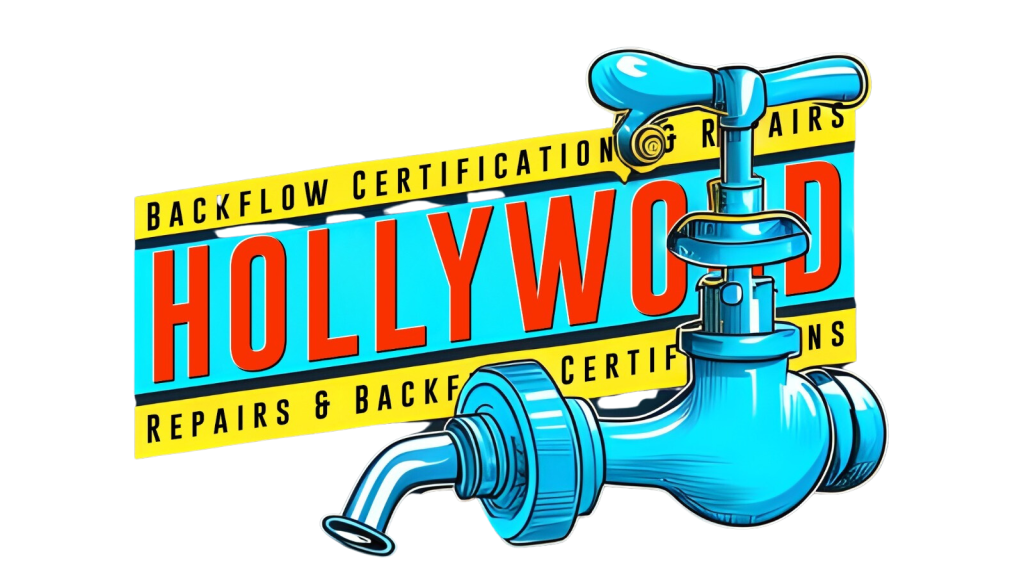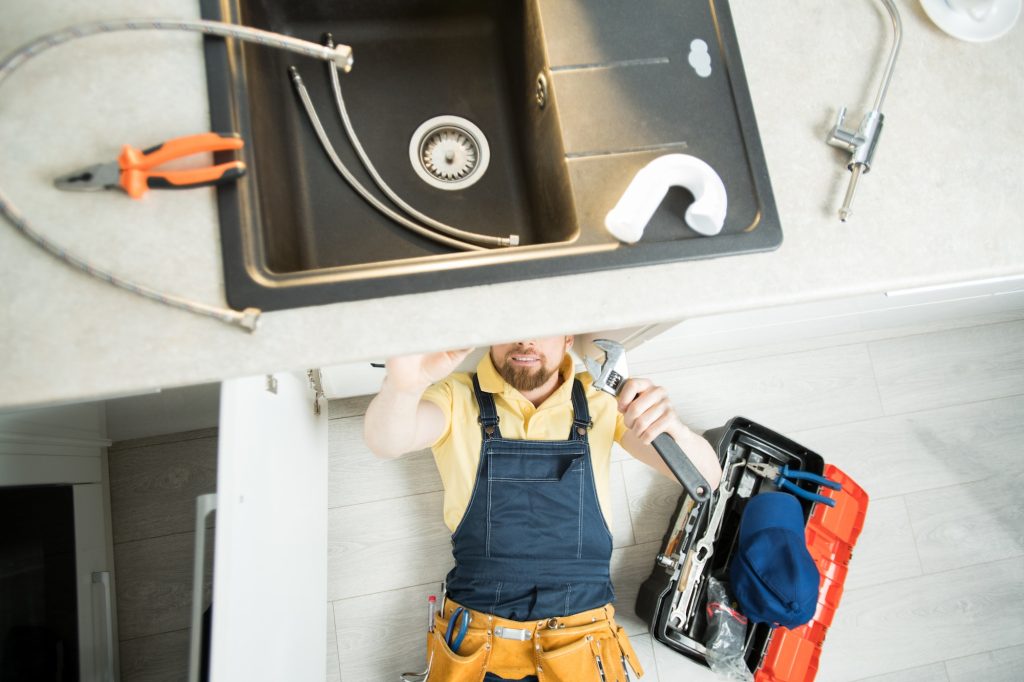Have you ever experienced water flowing backward in your plumbing system? If so, you are not alone. This phenomenon is called backflow, and it can be caused by various factors, such as high water pressure, faulty valves, or clogs in your sewer line. Backflow can contaminate your drinking water with harmful substances, making it a serious health hazard. That’s why it’s crucial to have backflow preventers installed and maintained regularly.
However, even with preventive measures, backflow can still occur, and when it does, you need to act fast to avoid any damage to your plumbing system and health. In this article, we will discuss what to expect when it comes to backflow repairs and how to deal with them in a stress-free way.
What Causes Backflow Repairs: What to Expect
Before we dive into backflow repairs, let’s first understand what causes backflow. Backflow occurs when the pressure in your plumbing system drops, causing water to flow in the opposite direction, contaminating your clean water supply with sewage, chemicals, or other pollutants. Some common causes of backflow include:
- High water pressure: When the water pressure in your plumbing system is too high, it can push water back into the main supply line, causing backflow.
- Faulty valves: If the backflow preventer valve in your plumbing system is defective or not working correctly, it can allow water to flow back into the supply line.
- Cross-connection: This happens when a water supply line is connected to a non-potable source, such as a garden hose or a sprinkler system, without a backflow preventer. This can cause contaminated water to flow back into your clean water supply.
- Sewer line clogs: When your sewer line is clogged with debris or tree roots, it can cause a drop in water pressure, leading to backflow.
What to Expect When Dealing with Backflow Repairs
Dealing with backflow repairs can be stressful and overwhelming, especially if you don’t know what to expect. Here are some things to keep in mind when dealing with backflow repairs:
- Inspection: The first step in dealing with backflow repairs is to have your plumbing system inspected by a licensed plumber. The plumber will check for any signs of backflow and determine the cause of the problem.
- Repair or replacement: Depending on the cause of backflow, the plumber will either repair or replace the faulty components in your plumbing system. This may include replacing faulty valves, installing a new backflow preventer, or clearing clogs in your sewer line.
- Permitting: In some cases, you may need a permit from your local government to install or repair a backflow preventer. Your plumber can help you obtain the necessary permits and ensure that the installation or repair complies with local codes and regulations.
- Testing: After the repairs are done, the plumber will test your plumbing system to ensure that the backflow has been prevented. This may include performing a pressure test or a dye test to check for leaks or backflow.
- Maintenance: To prevent future backflow problems, it’s essential to have your plumbing system maintained regularly. This includes having your backflow preventer tested annually and having your sewer line cleaned and inspected regularly.
Conclusion
Backflow can be a serious health hazard and can cause damage to your plumbing system if left unchecked. It’s crucial to have backflow preventers installed and maintained regularly to prevent backflow. However, even with preventive measures, backflow can still occur, and when it does, it’s essential to act fast and have your plumbing system inspected and repaired by a licensed plumber.
When dealing with backflow repairs, it’s important to know what to expect and to have a licensed plumber handle the repairs and maintenance of your plumbing system. By doing so, you can ensure that your clean water supply is protected and that your plumbing system is functioning correctly.
FAQ
- How do I know if I have backflow in my plumbing system?
You may notice signs of backflow, such as water discoloration, bad odors, or unusual sounds in your plumbing system. However, the best way to confirm backflow is to have your plumbing system inspected by a licensed plumber.
- Can I repair backflow preventers myself?
No, it’s not recommended to repair backflow preventers yourself, as they are complex devices that require specialized knowledge and tools. Attempting to repair them yourself can lead to further damage and may not effectively prevent backflow.
- How much does backflow repair cost?
The cost of backflow repair varies depending on the cause of the problem, the extent of the damage, and the cost of replacement parts. However, it’s important to address backflow repairs promptly to avoid more costly repairs or health risks.
- Can I prevent backflow on my own?
While there are some measures you can take to prevent backflow, such as installing a backflow preventer or avoiding cross-connections, it’s best to have your plumbing system inspected by a licensed plumber to ensure that all necessary preventive measures are in place.

